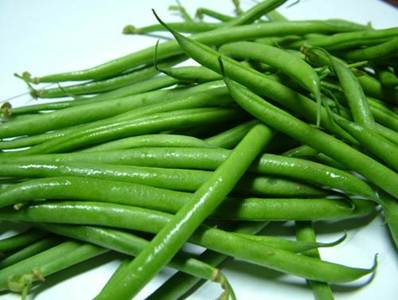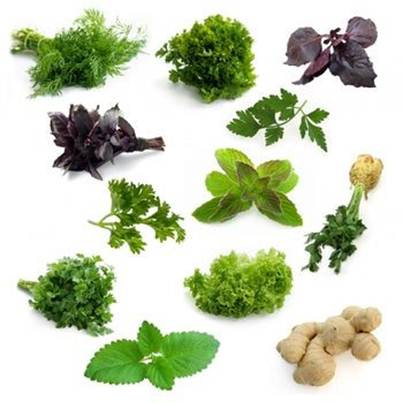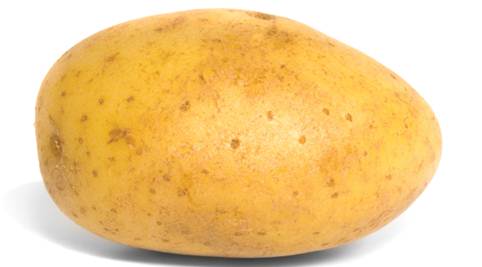Herbs, to add flavor
I have a hot, rather parched bed under a
eucalyptus tree, which is perfect for growing Mediterranean herbs. So here
there is a collection of different thymes, French tarragon, marjoram, oregano
and several variegated sages, as well as lavender plants - Hidcote being my
favorite for its shape and wonderful color.
Not all herb plants love full sun though;
even basil needs a little shade in the middle of the day. So the basil goes
into pots. I grow some from seed, literally by sprinkling the seeds on top of
some rich compost, then watering in gently. Then I buy a big plant from a local
garden center to keep us going until the seeds grow. To plant seeds in the
garden, it really needs to be done in late April and early May, unless you grow
them under cloches or in a small cold frame.

French
beans
For shadier spots, plant pots full of
different varieties of mint. Flat-leaf parsley grows well from seed if kept
moist, and bay is happy in a really shady spot. I also have extra pots of
rosemary, thyme and bay next to the kitchen door, so I can grab them easily,
especially in the winter and early spring when the weather can be cold and wet.
For something more unusual, try lemon
verbena, which makes a delicious tea when dried. Lemon balm smells wonderful -
it deters mosquitoes and is lovely included in floral arrangements.

Herbs,
to add flavor
Potatoes

Potatoes
One vegetable you can get going early on In
the year is the potato. I would be hard pushed to find anything as delicious as
a freshly dug spud - the flavor is really quite special. Last year, I grew
Charlotte potatoes, which were very simple to grow, tasted delicious and
cropped well. These come under the "second earlies" category, so will
crop in June. Plant spuds after the frosts, but you can start
"chitting" them or sprouting them six weeks earlier. Put them on the
window sill in a seed tray or egg boxes and wait for them to sprout. This will
take a few weeks. It means you get a head start and there is also less risk of
potato blight, which will destroy an entire crop. Then, around mid-March, you
can plant out. I use two large cloth potato planting bags, which can be folded
up and put away for the winter. Fill about half the depth with
compost, and plant the potatoes sprouting shoots upwards - we managed to get
around 8 potatoes in each 48-lltre bag and left 2 weeks In-between each
planting. Then as the potato grows and leaves start to shoot, add more compost
and just leave the top leaves showing. This forces the plant to throw out more
tubers so you get a better crop. Keep them well watered and in a sunny spot.
Come June, you can dig down with your hands and start to harvest.